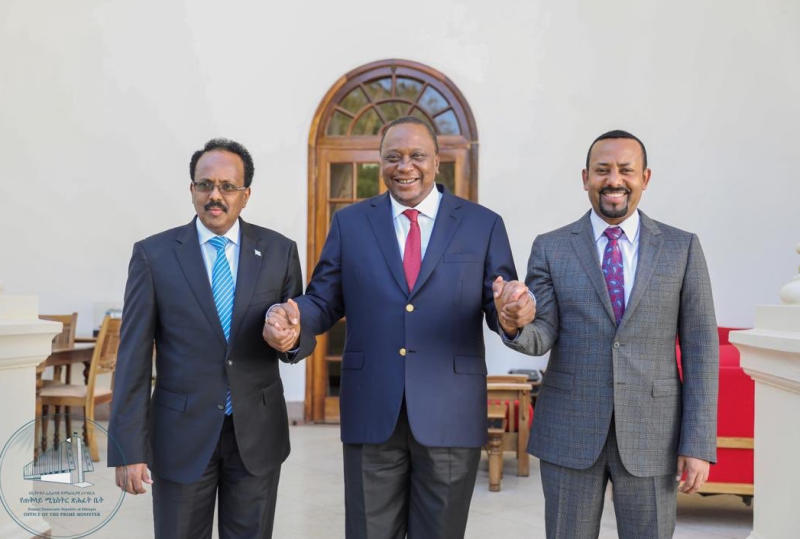×
The Standard e-Paper
Stay Informed, Even Offline

Country believes that just like in the past, the two parties have not exhausted all the dispute settlement mechanisms.
A leaked document suggests a Somali Minister made a presentation at an auction in London, where the Kenya's neighbour auctioned four contested oil blocks, with the agreement due to be implemented in January 2020.